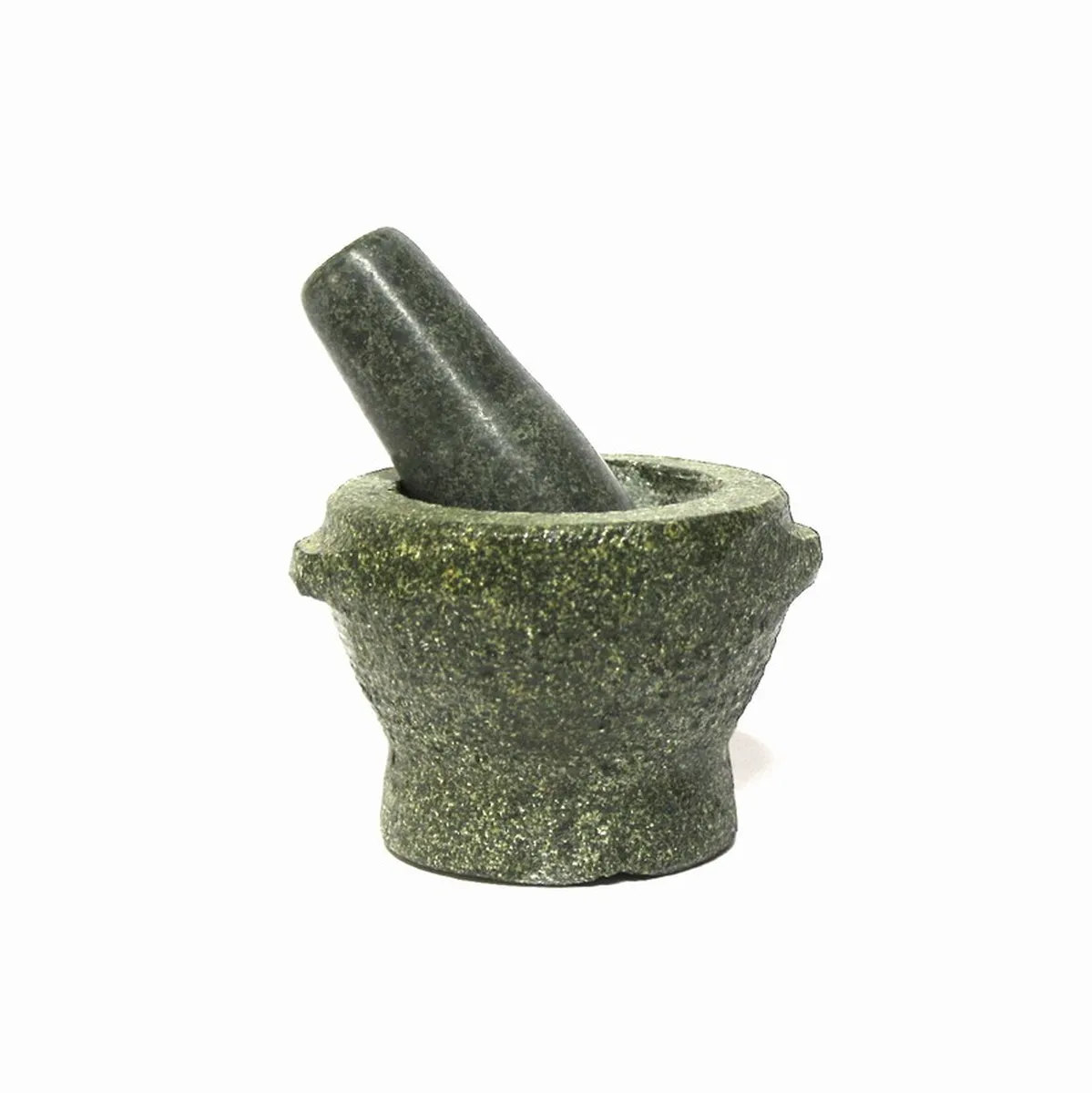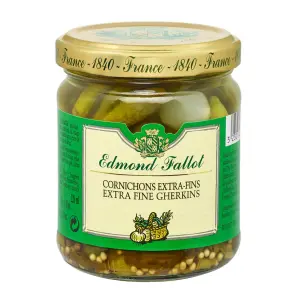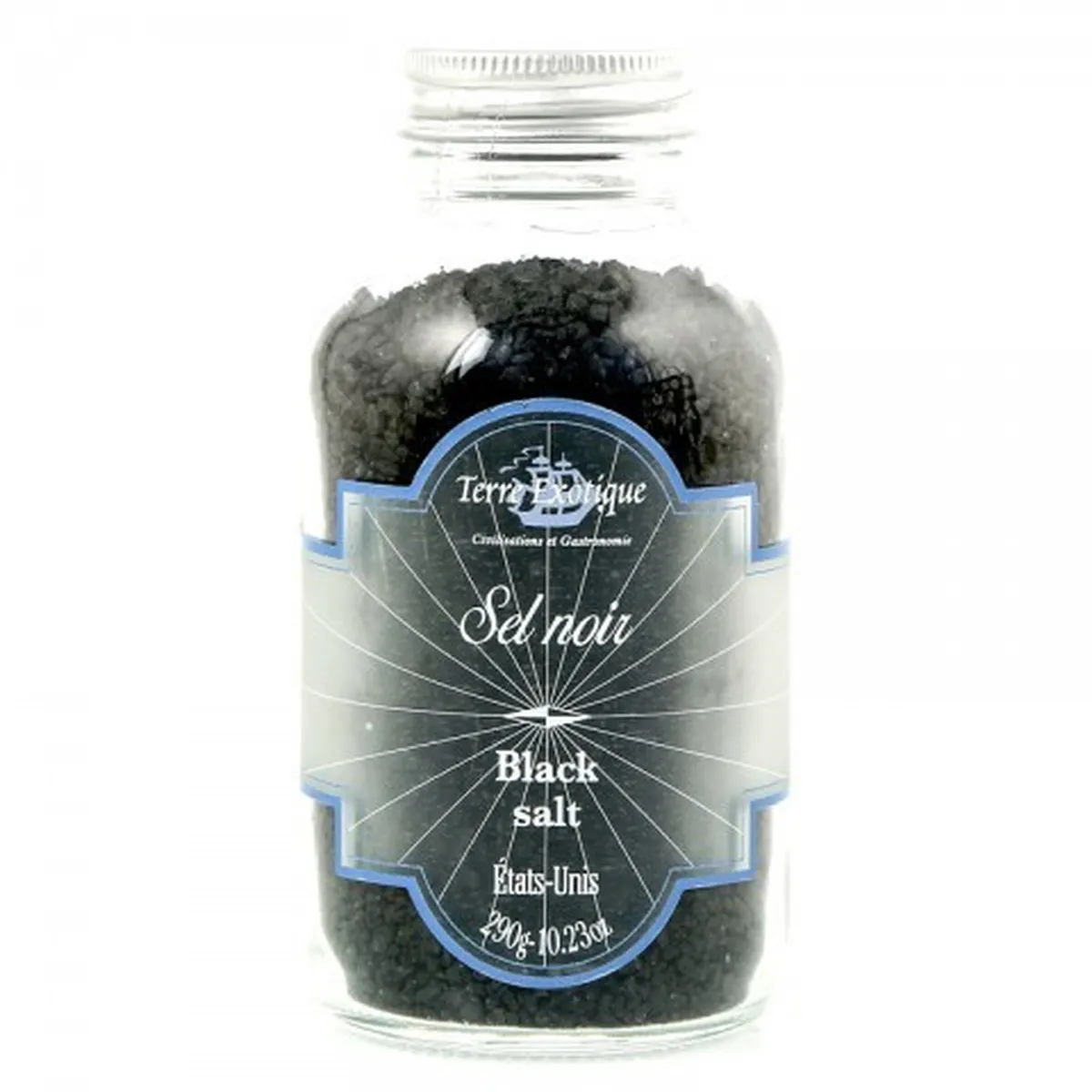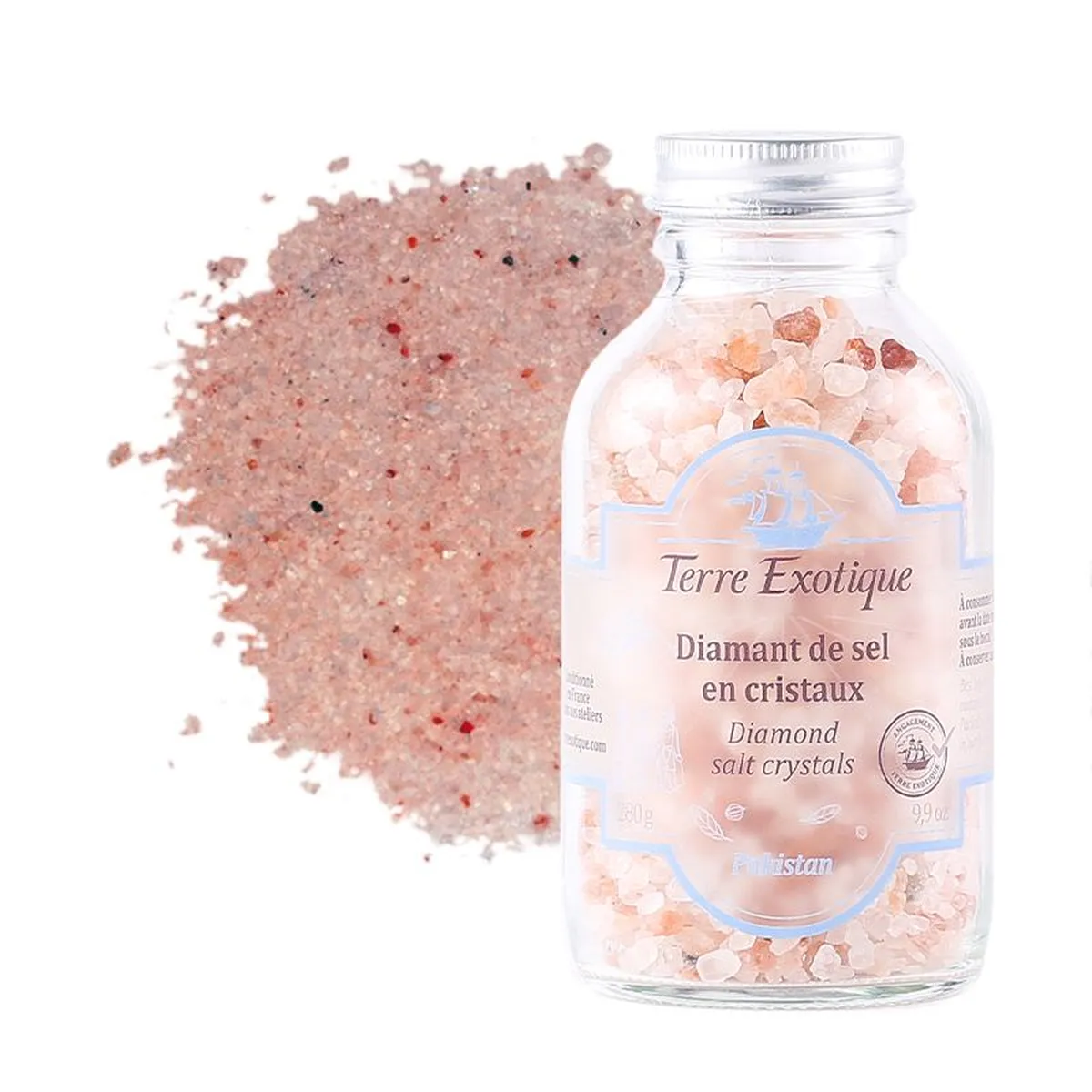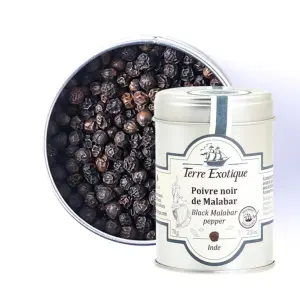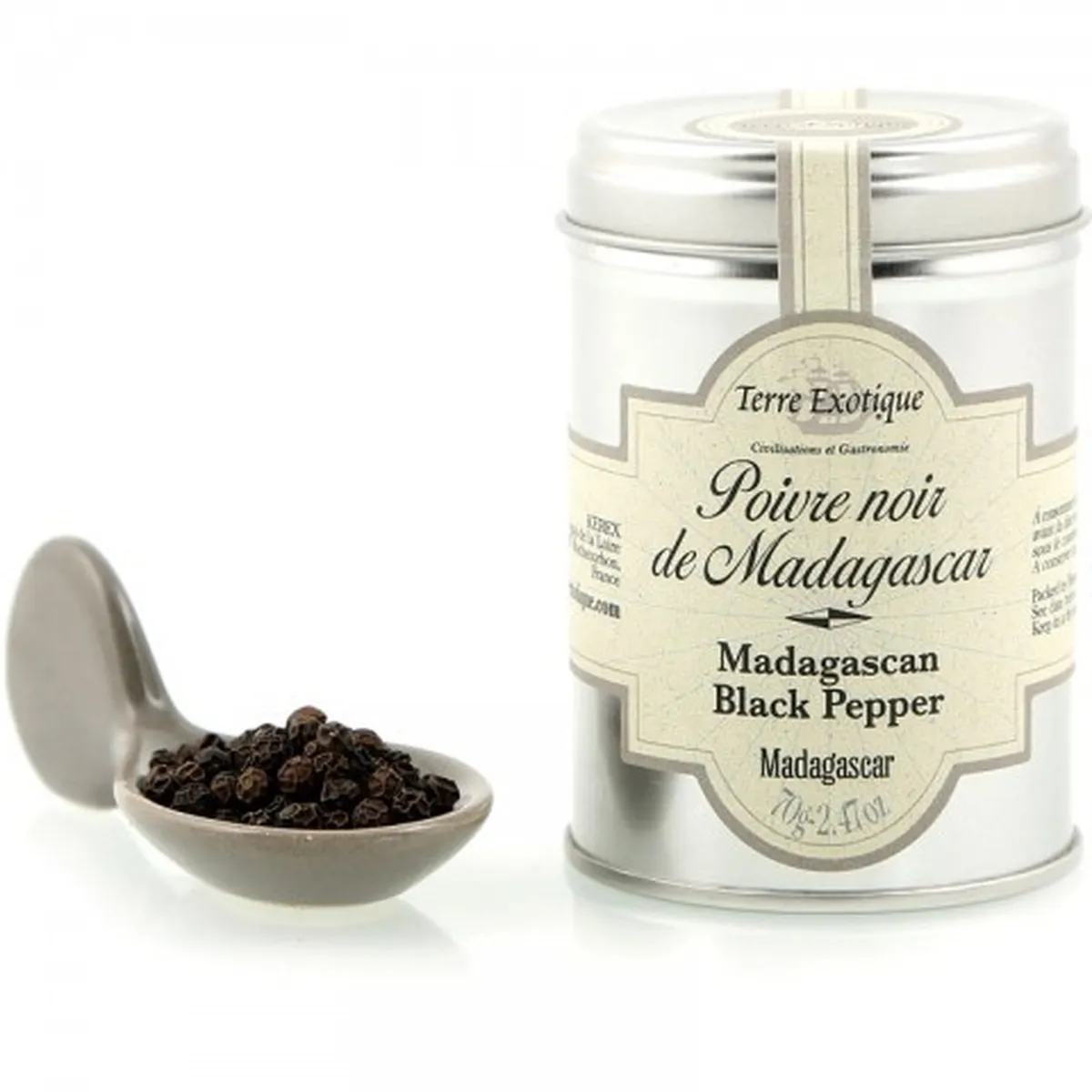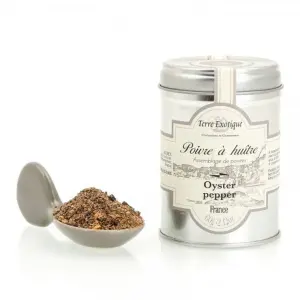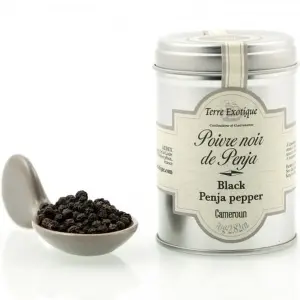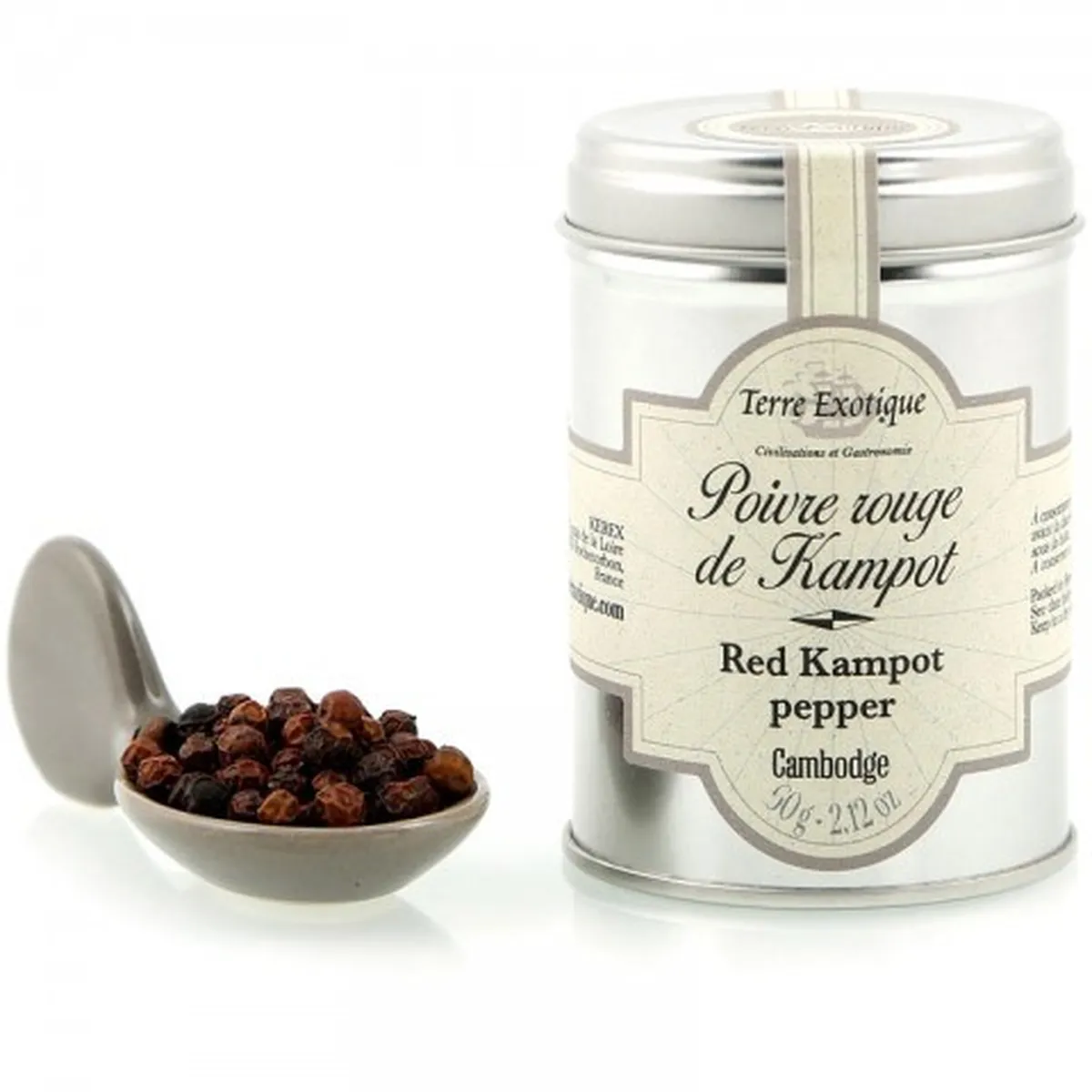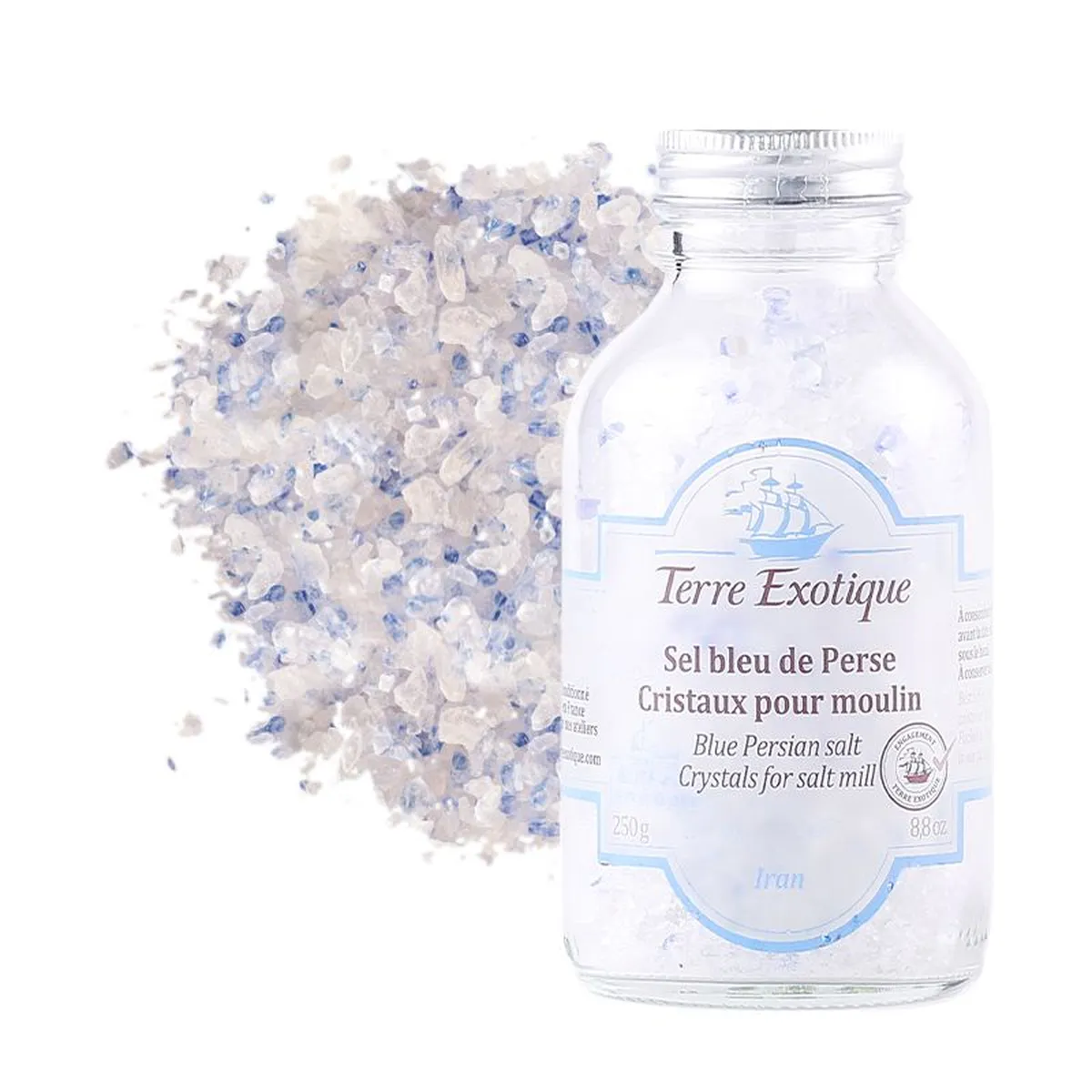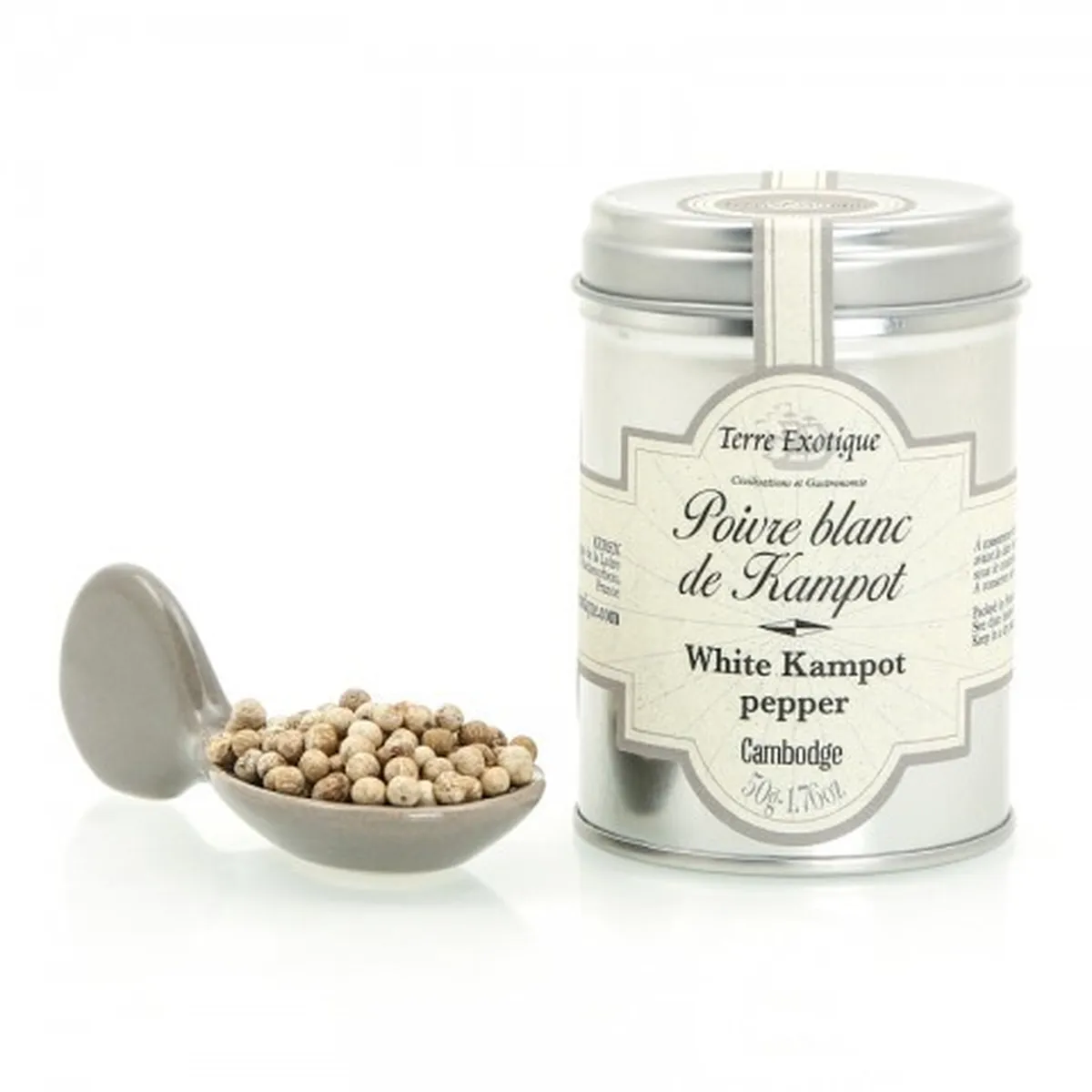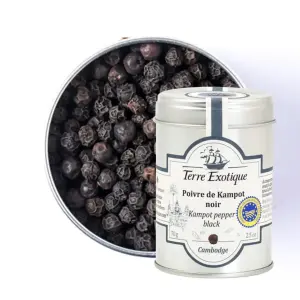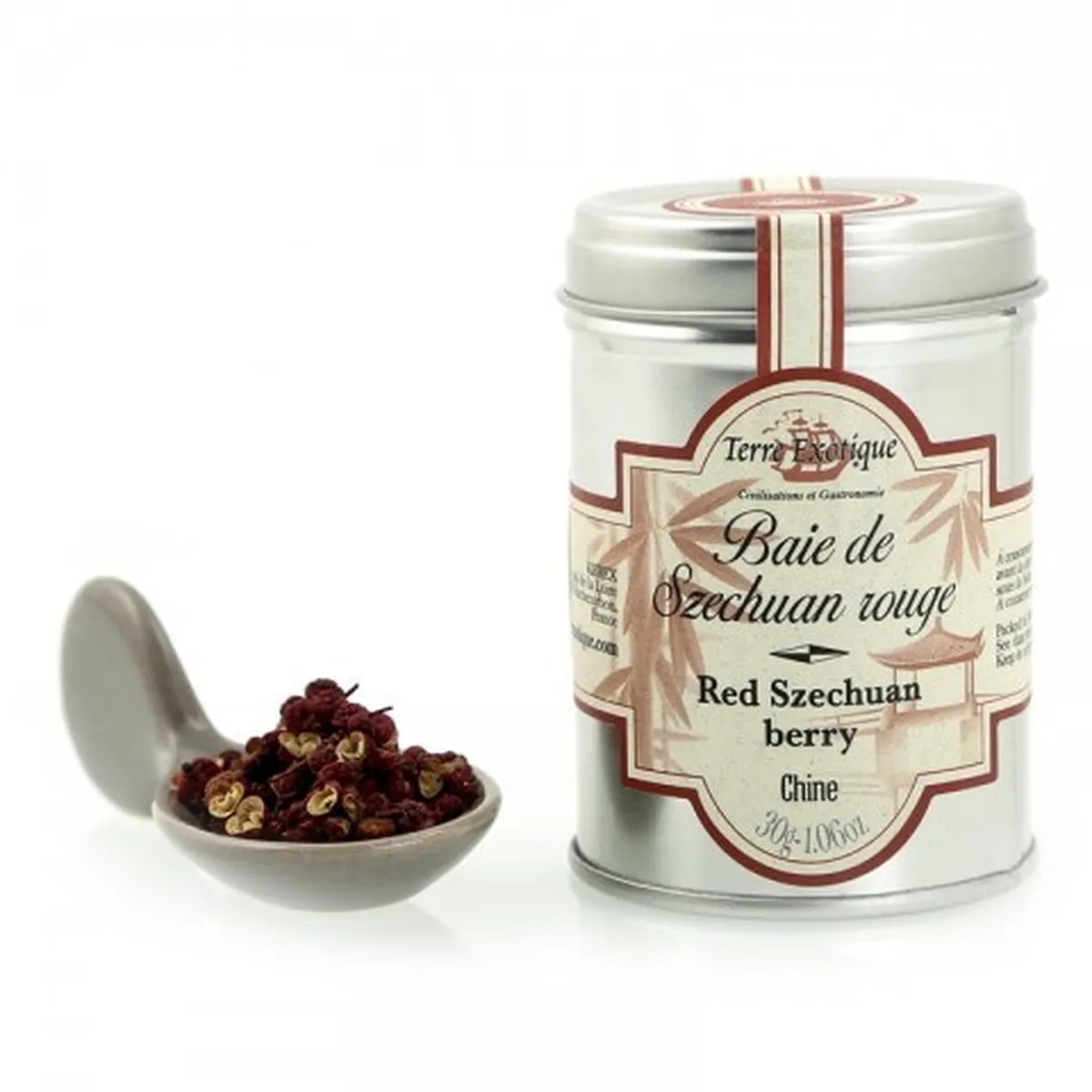Kampot white pepper is picked at full maturity.
All stages of production of Kampot white pepper (harvesting, retting, washing, drying, sorting) are entirely manual.
Kampot pepper dates from the kingdom of Angkor. There are written traces in the travel stories of the Chinese explorer Tcheou Ta Kouanau in the 13th century ...
It is the Chinese immigrants from the Hainan region who introduced pepper to Kampot. They already cultivated pepper in China.
It was during the colonial period that Kampot pepper reached its peak and became a first-rate import commodity.
Beginning with 1975, the Khmer Rouge destroys its production and replaces it with rice. It is only 30 years after some families of planters give a new life to this Kampot pepper.
In 2009, Kampot pepper became the first Cambodian product to benefit from a geographically protected indication (PGI). Cambodian producers get help from the French Espelette Pepper Producers Union in order to obtain the PGI from AFD (French Development Agency). The implementation of the IGP made it possible to multiply by 10 the incomes of the Kampot pepper producers. This illustrates a fine example of solidarity between producers at the international level.

